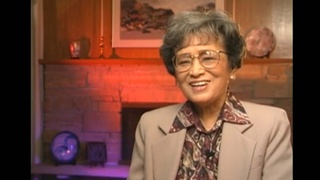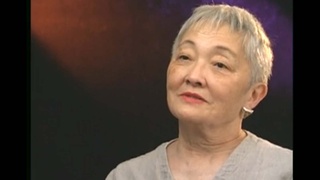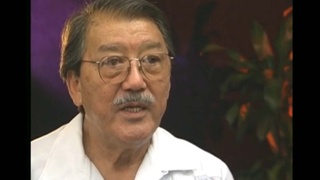Interviews
Changing Minds
I think that NCRR did the most in terms of the younger people, and JACL had to convince their older members. 'Cause a lot of them were opposed to it. They just thought it would be welfare. "We don't want to take that money from the government." And you have to explain to them, it's not welfare, it's what you're entitled to, you know, you can sue someone for that kind of wrong that's committed against you. You do it for an automobile accident, you do it for personal injuries, it's part of the American system, and there's no reason to think that it was welfare.
Date: September 11, 1997
Location: California, US
Interviewer: Glen Kitayama
Contributed by: Denshō: The Japanese American Legacy Project.






